Plants have the remarkable ability to transform any room’s atmosphere in no time. They purify the air by eliminating all the harmful elements and impart a delightful fragrance to your abode if you opt for aromatic plants. So, do not limit yourself to green creepers when thinking of incorporating a plant into your home. Flowering plants are just as easy to maintain as traditional indoor plants like spider plants and offer an additional visual appeal. The following list titled “Cute and Colorful Flowering Plants That Are Easy To Grow Indoors” offers some excellent examples, starting with Geranium.
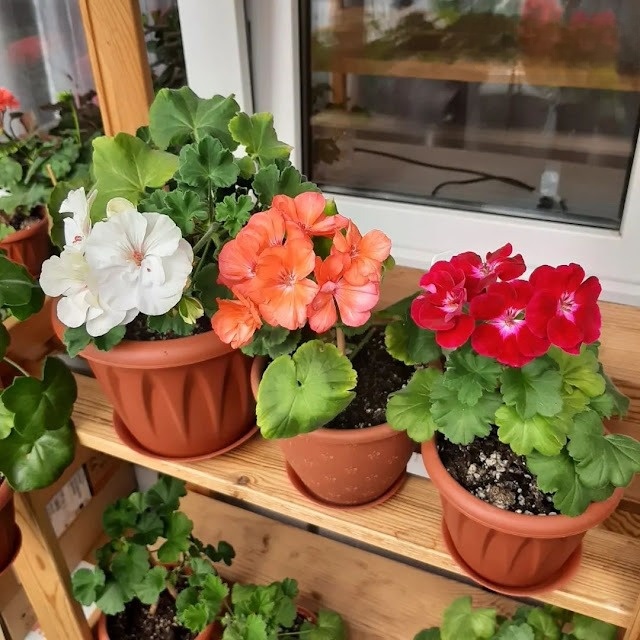
Looking after geraniums is a piece of cake. All you need to do is use potting soil that allows proper drainage and water them sparingly. These beauties thrive in bright light and are available in a variety of colors, including those with fragrant leaves. Avoid exposing them to cold temperatures as it can hinder their growth.
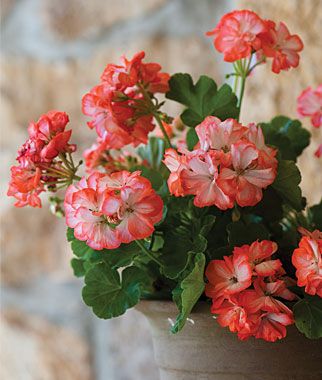
Clivia

Clivia plants boast stunning blooms that span a spectrum of hues from yellow to light orange to vivid red. They are easy-to-maintain houseplants that flourish in ambient temperature and can withstand arid environments and minimal sunlight. To ensure the proper upkeep of clivia, use soil that drains well and place them in a well-lit spot that avoids direct exposure to sunlight.
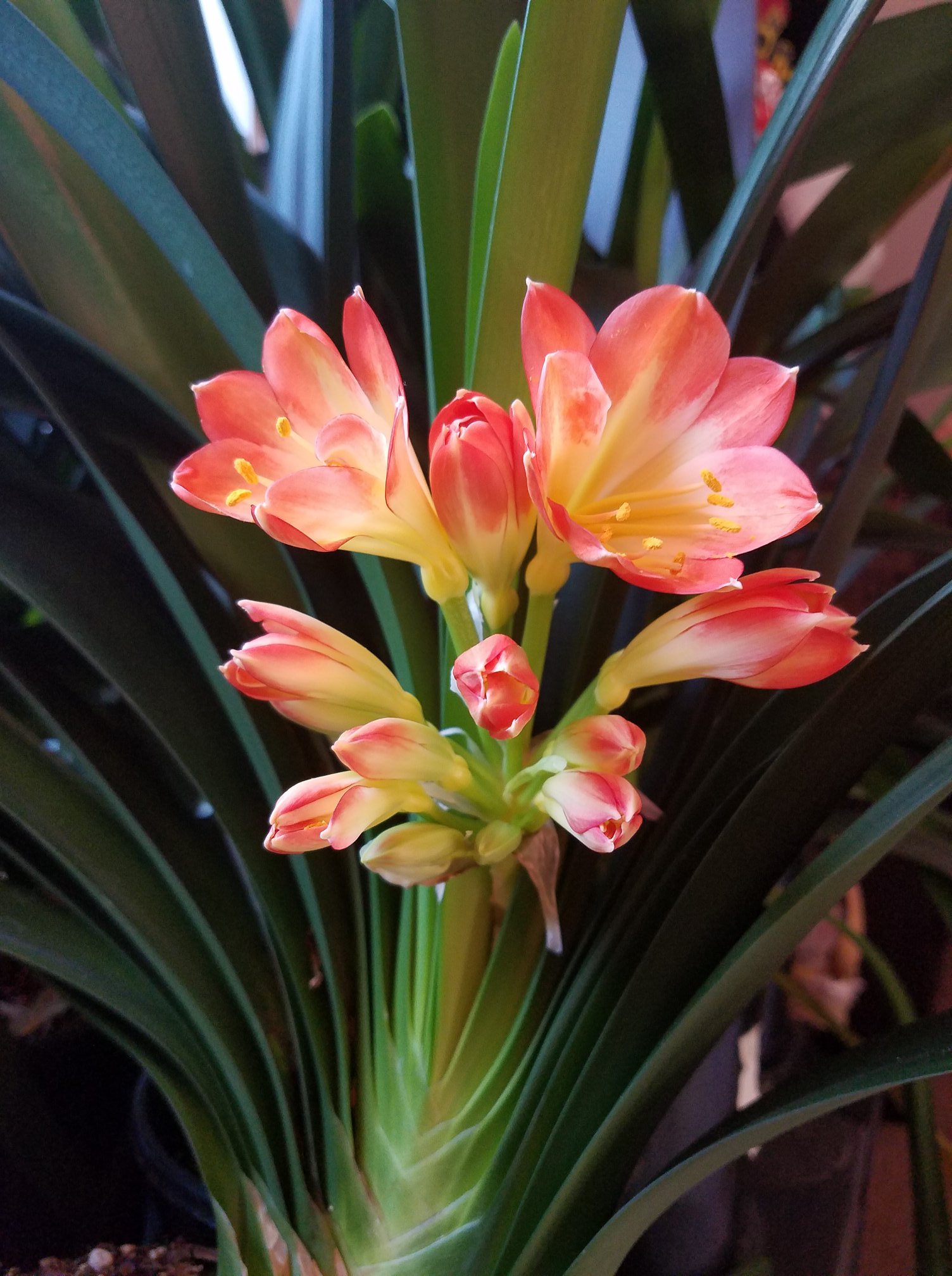
Begonia is a type of flowering plant that belongs to the family Begoniaceae. It is known for its colorful and attractive flowers, which come in a variety of colors such as pink, red, yellow, and orange. The plant also features interesting foliage with various shapes, sizes, and patterns. Begonias are commonly grown as houseplants or in outdoor gardens, and they require moderate sunlight and well-drained soil to thrive. With proper care, begonias can add natural beauty and elegance to any space.
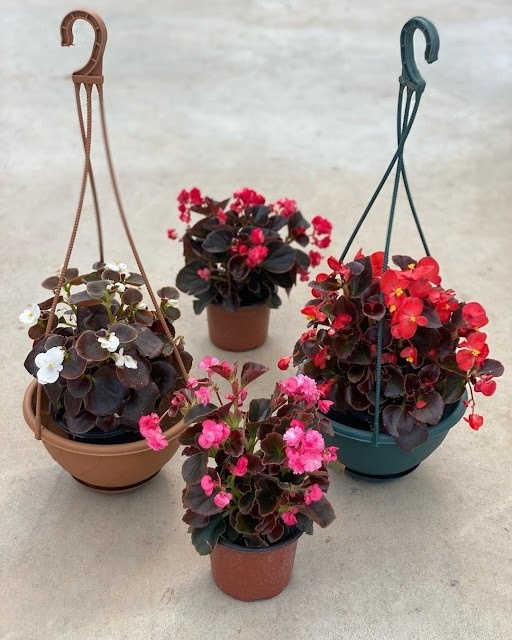

If you’re a plant parent looking for a great indoor plant, consider begonias. However, if you want your begonias to bloom repeatedly, they may require extra attention. The key is to adjust the amount of light and water they receive. To promote repeat blooms, place them in a humid environment with bright but indirect light. When watering, it’s important to water the plant underneath the leaves as well, as moist leaves can encourage fungal growth. Another great option for indoor plants is the African Violet.
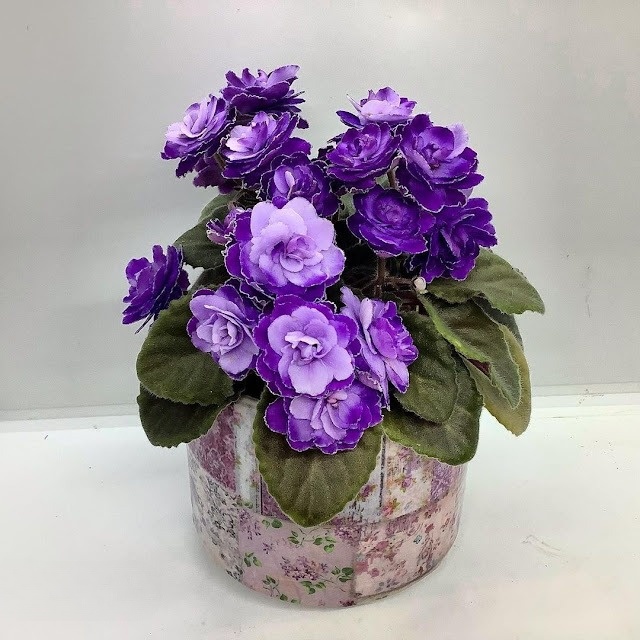
If you’re looking to spruce up your home with some easy-to-care-for decor, African violets are a great option! These small plants can fit perfectly into any bright corner and add a pop of color. They thrive indoors and prefer to be placed in well-lit areas that aren’t directly in the sun.

To ensure that your African violets grow healthily, refrain from overwatering and using low-quality soil. A well-draining potting mix is necessary for this type of plant, so it’s best to use a mix designed specifically for African violets, or you can mix in vermiculite or peat moss to improve the quality of your potting mix.
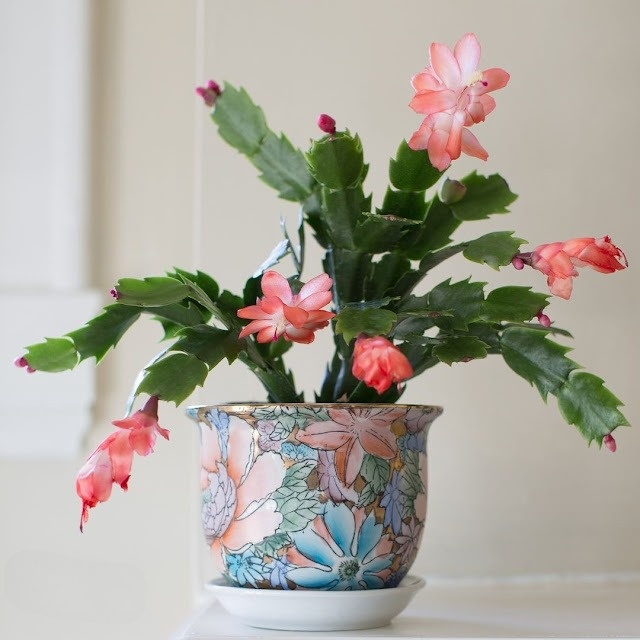
Christmas cacti are well-liked and attractive plants that add a pop of color and interest to any indoor space during the winter season. These plants are easy to take care of and maintain, making them an ideal choice for those who want to add some greenery to their homes without the fuss. To ensure your Christmas cactus thrives, position it in a window with moderate light and a bit of direct sunlight. While these plants can adjust to lower light conditions, brighter but not excessively bright light will yield better results.

Kalanchoe is a lovely plant that is often grown for its beautiful flowers. It is easy to care for and can be grown indoors or outdoors. With its thick leaves and colorful blooms, it makes a great addition to any home or garden. Kalanchoe requires minimal watering and can thrive in a variety of lighting conditions. So, if you’re looking for a low-maintenance plant that adds a touch of beauty to your space, consider adding a kalanchoe to your collection.

Kalanchoe plants are a hassle-free option with fleshy leaves and bunches of petite flowers. As succulents, they rank alongside cacti as trouble-free plant varieties. Be mindful of watering frequency; only water when the soil appears dry to avoid overwatering.
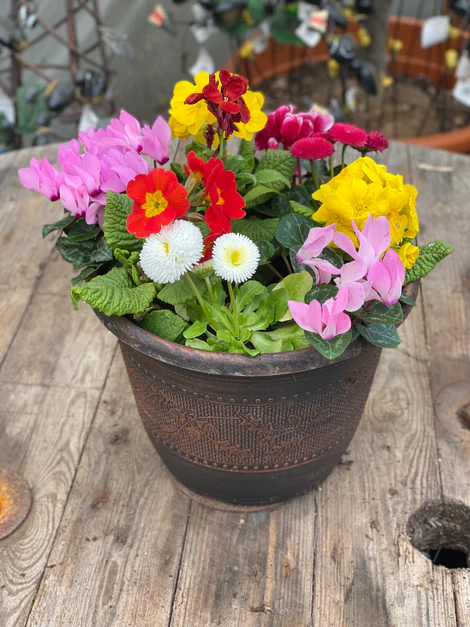
To encourage the growth of more flowers, you can easily remove the already bloomed ones by deadheading them. This process involves cutting the stem of the flower below it and slightly above the first set of leaves. By doing so, you can promote the growth of new blooms. This helpful tip can be found on Pinterest and was shared by Garden Lover.


